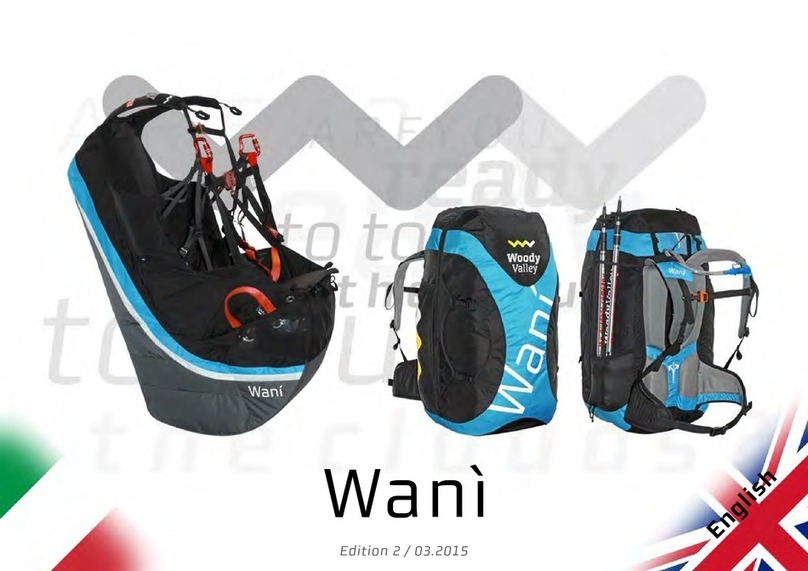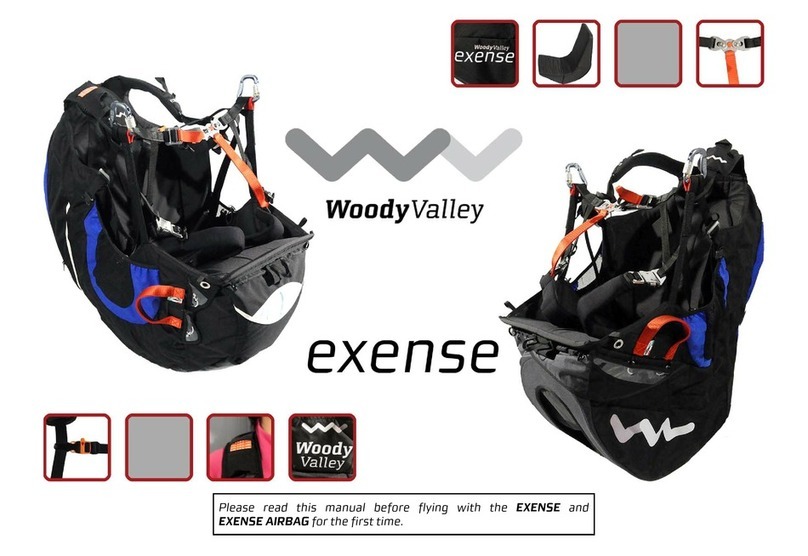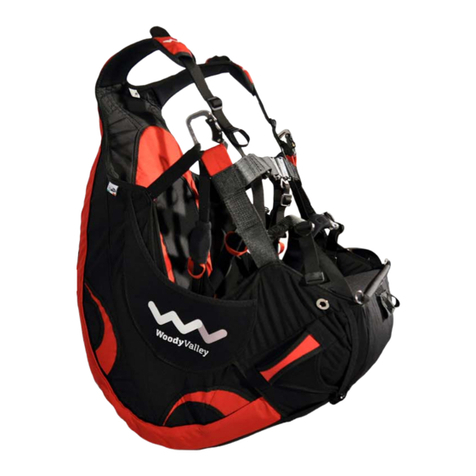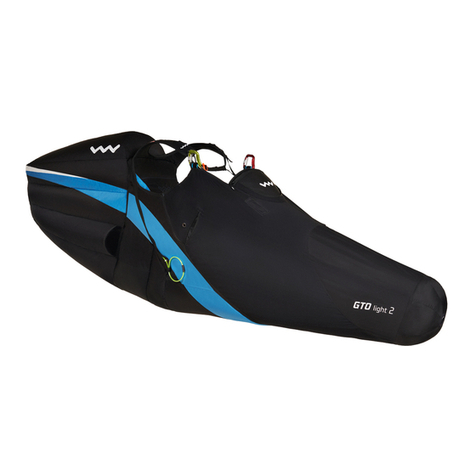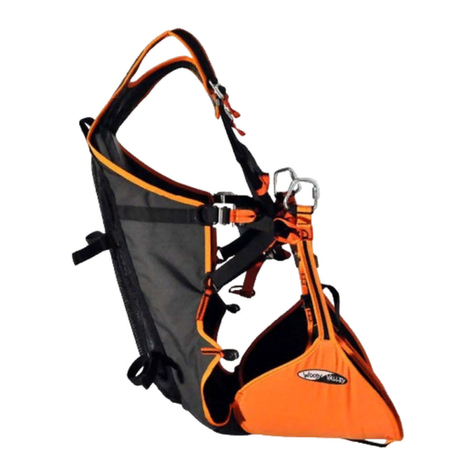INDEX
1 - GENERAL INFORMATION .................................................................................................................................................................................... 1
1.1 -CONCEPT ..............................................................................................................................................................................................................................................1
1.2 -PROTECTION AND SAFETY....................................................................................................................................................................................................................2
1.3 -S.O.S. LABEL........................................................................................................................................................................................................................................2
2 - BEFORE USING.................................................................................................................................................................................................... 3
2.1 -EMERGENCY PARACHUTE.....................................................................................................................................................................................................................3
2.1.1 - Connecting the deployment handle to the deployment bag........................................................................................................................................3
2.1.2 - Connecting the reserve parachute to the harness.........................................................................................................................................................4
2.1.3 - Adjustable volume parachute container...........................................................................................................................................................................6
2.1.4 - Inserting the reserve parachute..........................................................................................................................................................................................7
2.1.5 - Extracting the reserve parachute.......................................................................................................................................................................................9
2.2 -HARNESS ADJUSTMENTS .................................................................................................................................................................................................................. 10
2.2.1 - Back position adjustment .................................................................................................................................................................................................. 12
2.2.2 - Seat position adjustment................................................................................................................................................................................................... 13
2.2.3 - Shoulder-pad adjustment .................................................................................................................................................................................................. 14
2.2.4 - Chest-strap adjustment ..................................................................................................................................................................................................... 14
2.2.5 - Leg-strap adjustment ......................................................................................................................................................................................................... 15
2.2.6 - Stabilizer................................................................................................................................................................................................................................. 16
2.2.7 – Speed-bar repositioning band.......................................................................................................................................................................................... 17
3 - FLYING WITH WANÌ 2 ........................................................................................................................................................................................ 18
3.1 -PREFLIGHT CHECKS........................................................................................................................................................................................................................... 18
3.2 -POCKETS ........................................................................................................................................................................................................................................... 19

